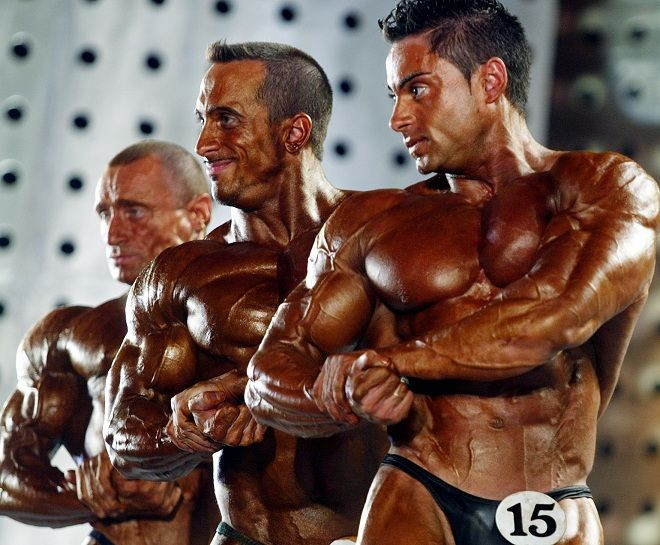"Hulk" Gene Discovered: Protein Builds Bigger and Stronger Muscles Without Working Out

Want to get jacked, but too lazy to hit the weight room?
Scientists have discovered a way to build bigger and stronger muscles without having to lift a finger.
Australian researchers found that blocking the function of a "Hulk" protein called Grb10 in the womb produced super mice that developed bigger and stronger muscles than their normal counterparts later in life.
The latest findings, published in The FASEB Journal, suggest that the Grb10 protein regulates muscle development, and may have important implications for a wide range of conditions related to muscle wasting like injury, muscular dystrophy, Type 2 diabetes, and muscle inflammation.
"By identifying a novel mechanism regulating muscle development, our work has revealed potential new strategies to increase muscle mass," study author Lowenna J. Holt of the Diabetes and Obesity Research Program at the Garvan Institute of Medical Research in Sydney, Australia, said in a statement. "Ultimately, this might improve treatment of muscle wasting conditions, as well as metabolic disorders such as Type 2 diabetes."
Holts and her team compared two groups of mice: an experimental group that had a disruption of the Grb10 gene and were really muscular to a control group with a functional Grb10 that had normal muscles.
After examining the muscles of both adult and newborn mice, they found that the changes caused by loss of Grb10 function had mainly occurred during prenatal development.
Additionally, they found that instead of having larger muscle fibers, mice in the experimental group had a greater number of muscle fibers.
While the latest findings are promising, experts say that the "classic prescription" of getting a fitter body still applies.
"Don't turn in your gym membership just yet," Dr. Gerald Weissmann, Editor-in-Chief of The FASEB Journal, said in a statement. "If you want big muscles, the classic prescription still applies: lift heavy things, eat and sleep right, and have your hormones checked. But this study shows that when we understand the basic science of how muscle fibers grow and multiply, we will be able to lift the burden -- literally -- of muscle disease for many of our patients."
Published by Medicaldaily.com



























